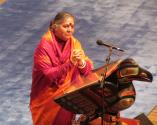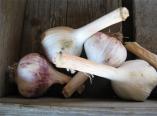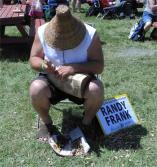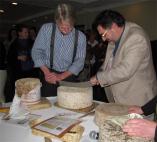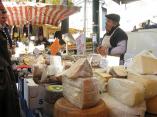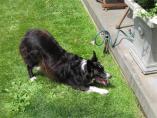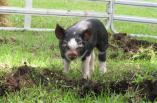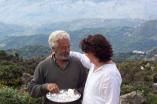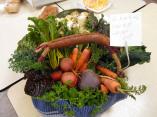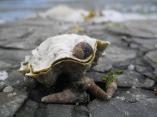So yes, I started a bee-keeping class this week. I don’t have bees, have no immediate plans to get any, but was curious because although I have always eaten honey I didn’t really understand how it was produced. My classmates were a mixture of current and aspiring bee-keepers and honey-eaters like me.
We started things off right with a tasting (creamed, orange, mesquite, fireweed, salal & blackberry, plus a little jar of French honey– whose label said ‘product of Italy’) and then had a review of the equipment needed. Essential items include a smoker and a hive tool, for prying the lids off after the bees have sealed themselves inside with propolis. We admired different styles of veils and bee-wear (it’s white because the bees dislike anyone in animal colours – brown, black etc. – but don’t mind white or bright colours) and looked at different ways to configure and prepare the hives.
I found a bee blog to keep me interested between classes. And a blog that has photos of dogs in bee costumes (hey, is the internet useful or what?), and Bonnie passed along some information from Darryl Hannah’s website about Colony Collapse Disorder, which our instructor (a former hive inspector) thought had a lot to do with pesticide use in the US. It’s not as much a problem on Vancouver Island (though we’ll learn more about it later) which interestingly has had a bee quarantine in place since 1986, since this is a honeybee bee breeding stock area. (Incidentally, who knew that bees are currently the only insects that are artificially inseminated?)
Meanwhile, here on the Island, it’s nearly fruit blossom time, which means we need mason bees (honeybees don’t wake up round here till the end of May or whenever the temperature hits a steady 12.4c), also known as Blue Orchard bees. They are smaller, gentler and sleepier than honeybees; they do their thing with the fruit trees and then go for a long nap in a hole pre-drilled (by someone or something else) in some wood which they seal up like, well, masons! You can make their nests for them by drilling holes 5/16″ in diameter and 4″ deep, spaced ¾” apart in blocks of wood.
